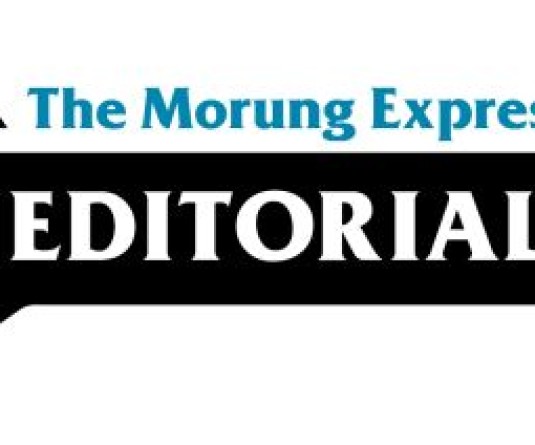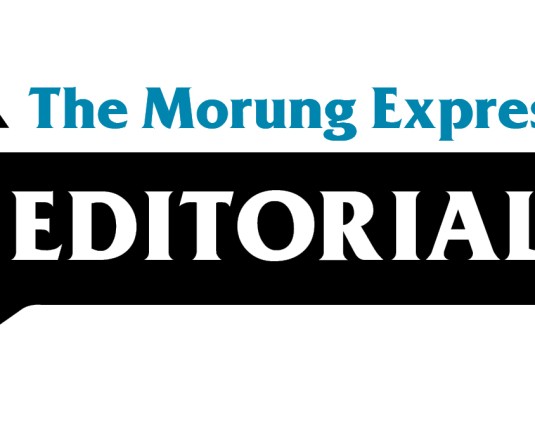
Moa Jamir
The World Population Day observed worldwide on July 11 was dominated by two projected ‘milestones’ - the global population hitting 8 billion on November 15, 2022, and India overtaking China as the most populous country in the world by 2023.
The changing demographic profile of a world, which the United Nations informed, was interspersed with the slowest rate since 1950 but contrasted with a perceptible increase in persons aged 65 years or over worldwide, further igniting the debate of demographic dividend or disaster.
Closer home, along with customary advisories from the health authorities, a Minister created a strong ‘buzz’ by extolling others to “join the singles movement” to “contribute towards a sustainable future.”
Debates and advisories aside, Nagaland’s population trend has had been a curious case study for demographers over the years.
For instance, the growth rates of the State’s population two consecutive decades before 2011 were incredible, with the population more than doubling in percentage terms. During 1981-91, Nagaland's population increased by an astounding 56.08%, increasing from a mere 7.44 lakh to 12.09 lakh. The ‘feat’ was repeated with the State registering a decadal growth rate of 64.41% during 1991-2011, and increasing from 12.09 lakh to 19.90 lakh in absolute terms.
Remarkably, it sprung a ‘surprise’ in the next census in 2011 by registering a negative population growth of (-)-0.58 as the absolute population decreased from 19.90 lakh in 2001 to 19.79 lakh in 2001. Obviously, two decades of abnormal growth before the 2011 Census caused discomfiture to those at the helm of affairs, compelling them to ‘disown’ the data as either ‘unreliable or defective.’ The census of 2011, hence, can be considered more a data stabilisation, though many linked it to developmental funds and related issues.
With the ‘stabilisation’ of the counting process, however, two important demographic changes are observable and verifiable from other national reports. The first pertains to the number itself and the projected slowing down of population growth in the future.
The Technical Group on Population Projections by the National Commission on Population under the Ministry of Health & Family Welfare (MoHFW) in a report published in July 2020 projected Nagaland’s population for 2021 at 21.92 lakh, which is expected to increase to 22.94 lakh by 2026 and 24.58 lakh by 2036.
Such marginal changes are verifiable via another report – the periodic National Family Health Survey (NFHS) published by the MoHFW, which highlighted the falling total fertility rate (TFR) or number of children per woman in Nagaland over the years.
As per the latest NFHS (5), the TFR in Nagaland was just 1.7 children per woman, well below the 2.1 replacement level, understood as the level of fertility at which a population replaces itself exactly from one generation to the next, without migration. Since NFHS-3, conducted in 2005-06 when it was 3.8, the TFR in the State has been decreasing consistently.
A possible reason could be the increasing median age at first marriage which was 23.9 years among women aged 25-49 in NFHS-5, an increase from 22.3 years in the previous survey. In addition, 30% of women aged 20-49 years have never married, compared with 43% of men aged 20-49, while it was 74% and 93% in the 20-24 years age group.
The second significant demographic change is the rapid urbanisation in recent years. In 2011, while data showed that only 28.86% of the total population resides in urban regions in Nagaland, against 71.14 % in rural areas, the respective growth rate is revealing.
While urban population growth was incredible at 66.57%, there was a decrease in rural population by (-) 14.55%.
The rapid urbanisation, instead of stabilising, is projected to grow more in the future. The aforesaid MoHFW’s Technical Group on Population Projections forecasted that by 2022, the urban population will catch up with the rural population to reach 44.38%. By 2026, both urban and rural population are projected to be evenly poised, with a slight edge for the former at 50.13% of the total populace. The urban population, by 2026, is forecasted to be way above the rural at 64.32%.
Accordingly, it is pertinent for policymakers to look into these issues holistically and adopt appropriate policies to offset any possible adverse shock from these changing demographic profiles.
For any comment, drop a line to jamir.moa@gmail.com





